The random number generator (RNG) is an integral component found in numerous game engines, allowing for the introduction of chance and unpredictability. Despite its ubiquitous presence, the positioning of player decisions in relation to dice rolls is a frequently disregarded aspect. Today, we will delve into this intriguing aspect and explore how it can significantly impact the dynamics of a game.
Adding an element of chance to a game serves as a powerful tool to elevate its replayability, introduce dynamic scenarios, and provide players with a challenge that demands quick thinking and adaptability.
To ensure clarity in our discussion, the terms “chance,” “RNG,” and “rolling the dice” are used interchangeably in this essay to represent the concept of invoking randomness. This concept encompasses actions such as drawing cards, rolling physical dice, or generating random numbers.
Dice Roll After Player Decision
Certain games, such as the Warhammer fantasy and 40k tabletop games, the XCOM series, and of course, Dungeons & Dragons, adopt the approach of placing player decisions before the dice roll.
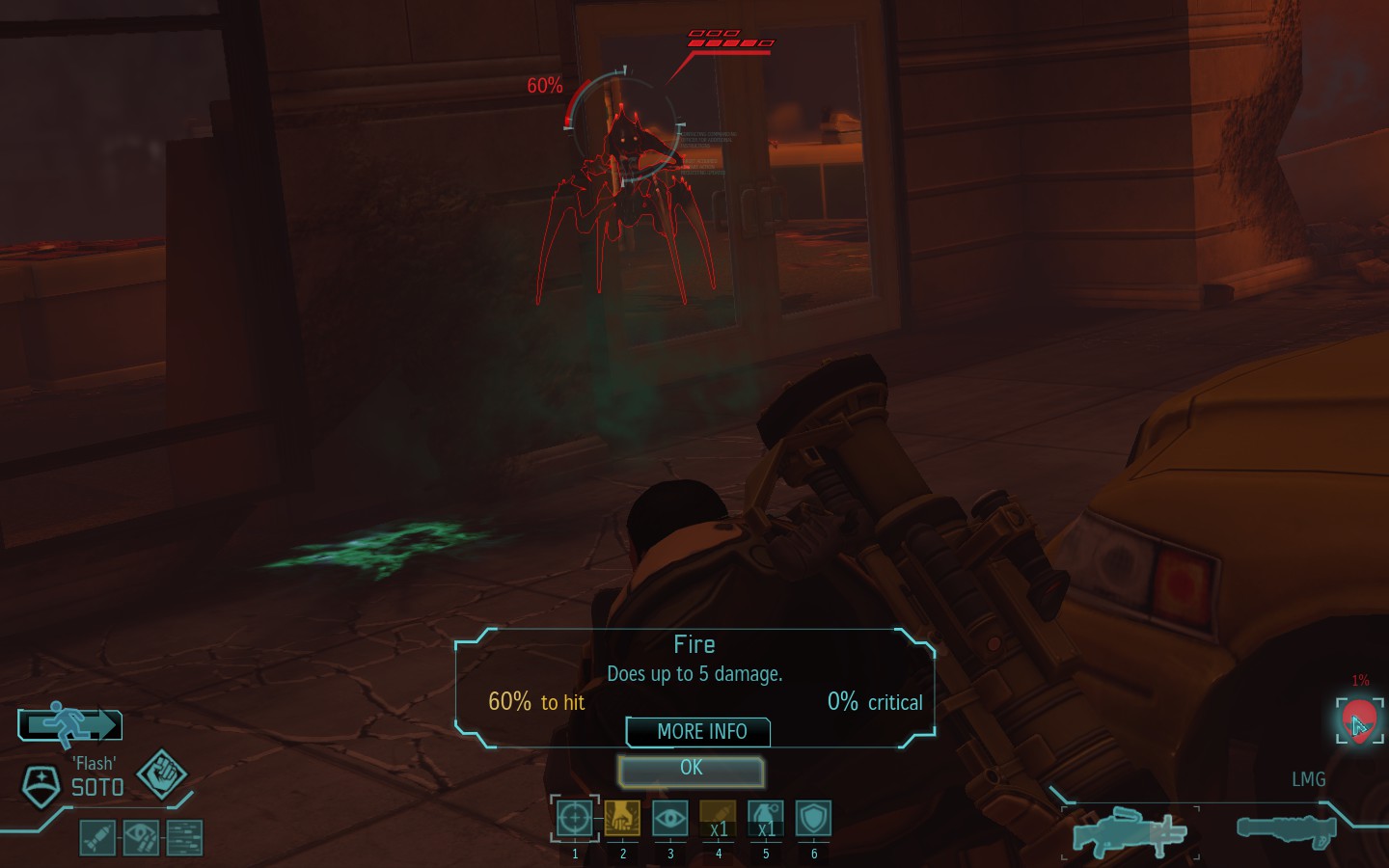
In strategy games, this approach introduces a gambling or probabilistic element that can be exhilarating for some players. However, it may also lead to frustration when meticulously planned tactics occasionally fall victim to a stroke of bad luck.
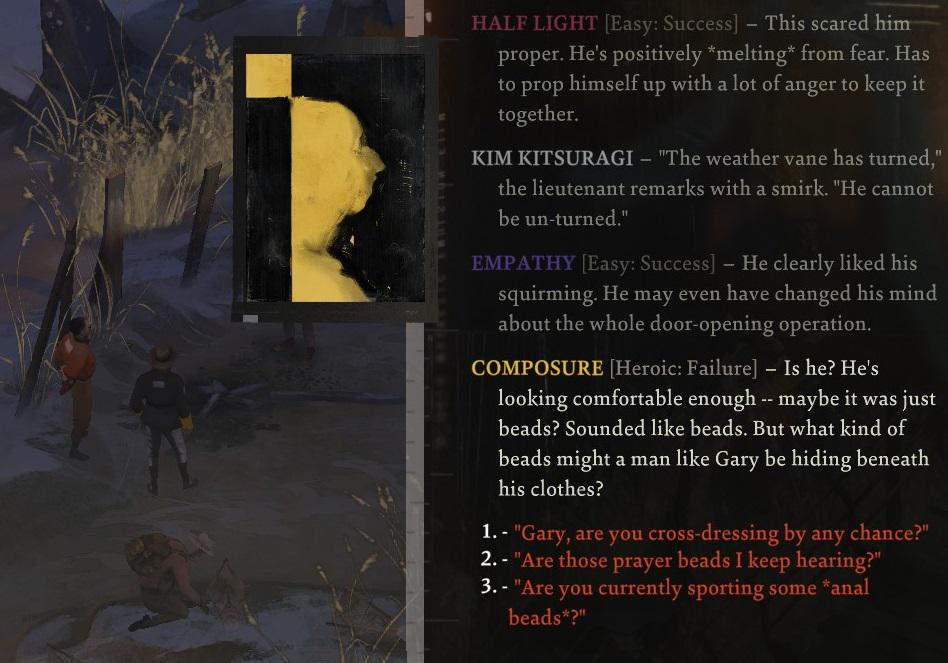
On the flip side, this placement of player decisions before the dice roll has a unique advantage: it generates captivating emergent stories. Similar to real life, the worst-laid plans can sometimes yield unexpected success, while the most carefully crafted strategies can crumble due to sheer luck. By rationalizing the outcomes of the dice roll, players and dungeon masters can create compelling narratives that add depth and intrigue to the game.
Player Decision After Dice Roll
Other games, such as Dicey Dungeon, Citizen Sleeper, Magic: The Gathering, and the classic card game Bridge, adopt the alternative approach of placing player decisions after the dice roll.
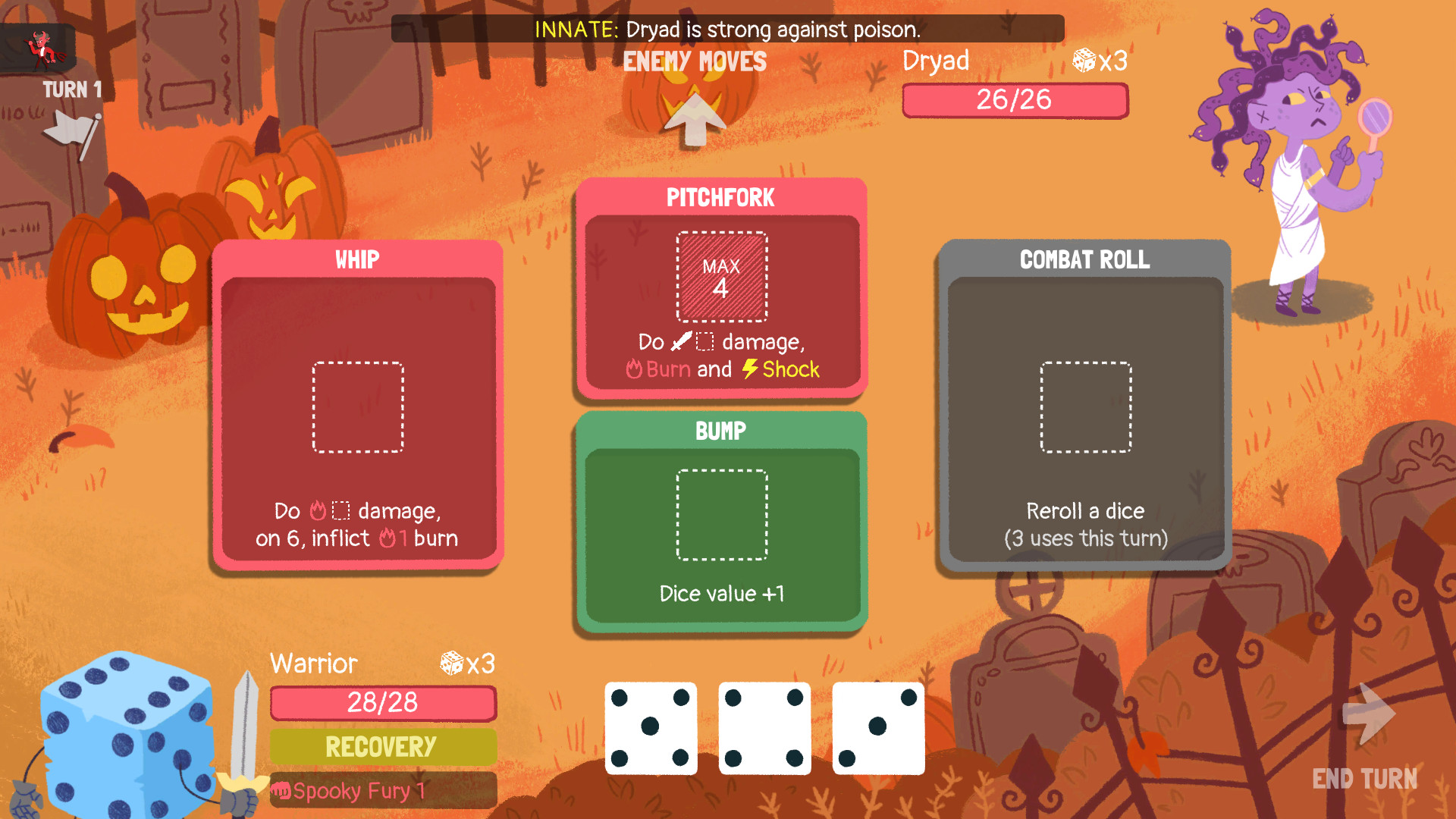
By allowing the randomness to unfold before players decide how to act on the results, these games transform what could be perceived as purely chance-based mechanics into a strategic exercise in resource management. Players are presented with the challenge of making the most of the literal hand they are dealt.
The certainty of execution can actually empower players to devise intricate, multi-step strategies. With fewer options to consider, players can focus on the consequences of each decision and plan several moves ahead. This strategic depth can be particularly appealing to players who enjoy carefully calculating their moves and anticipating the outcomes.
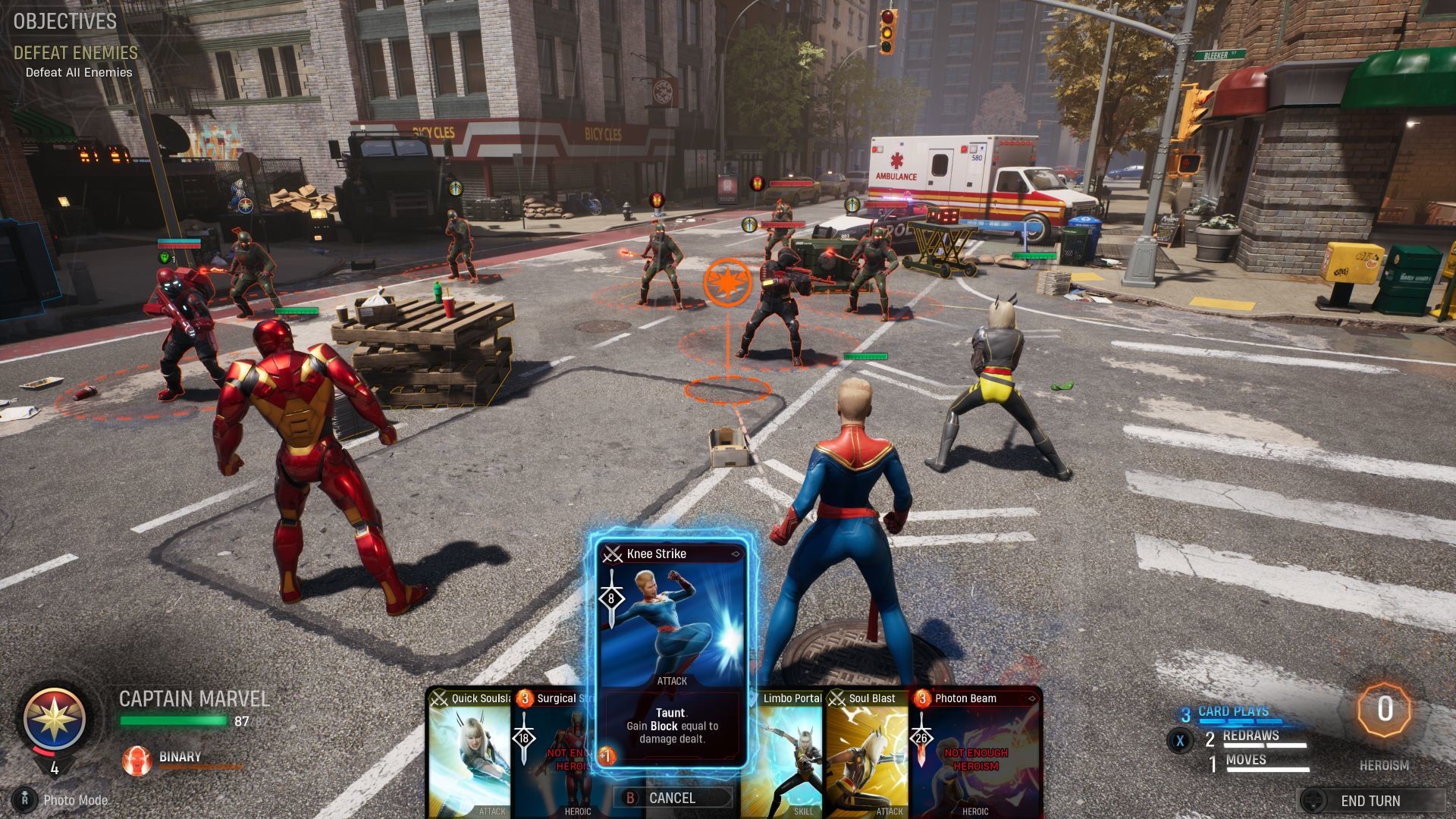
This approach works wonders in strategy games. A notable example is Firaxis’ latest release, Midnight Suns, which deviates from their renowned XCOM series by swapping the order of RNG and player actions.
This shift in gameplay mechanics in Midnight Suns places a greater emphasis on tactical decision-making, as players are required to adapt and strategize based on the options afforded by the cards drawn. In contrast, the XCOM series focuses more on the probabilities of success before the player takes action, so the effectiveness of tactics is more uncertain.
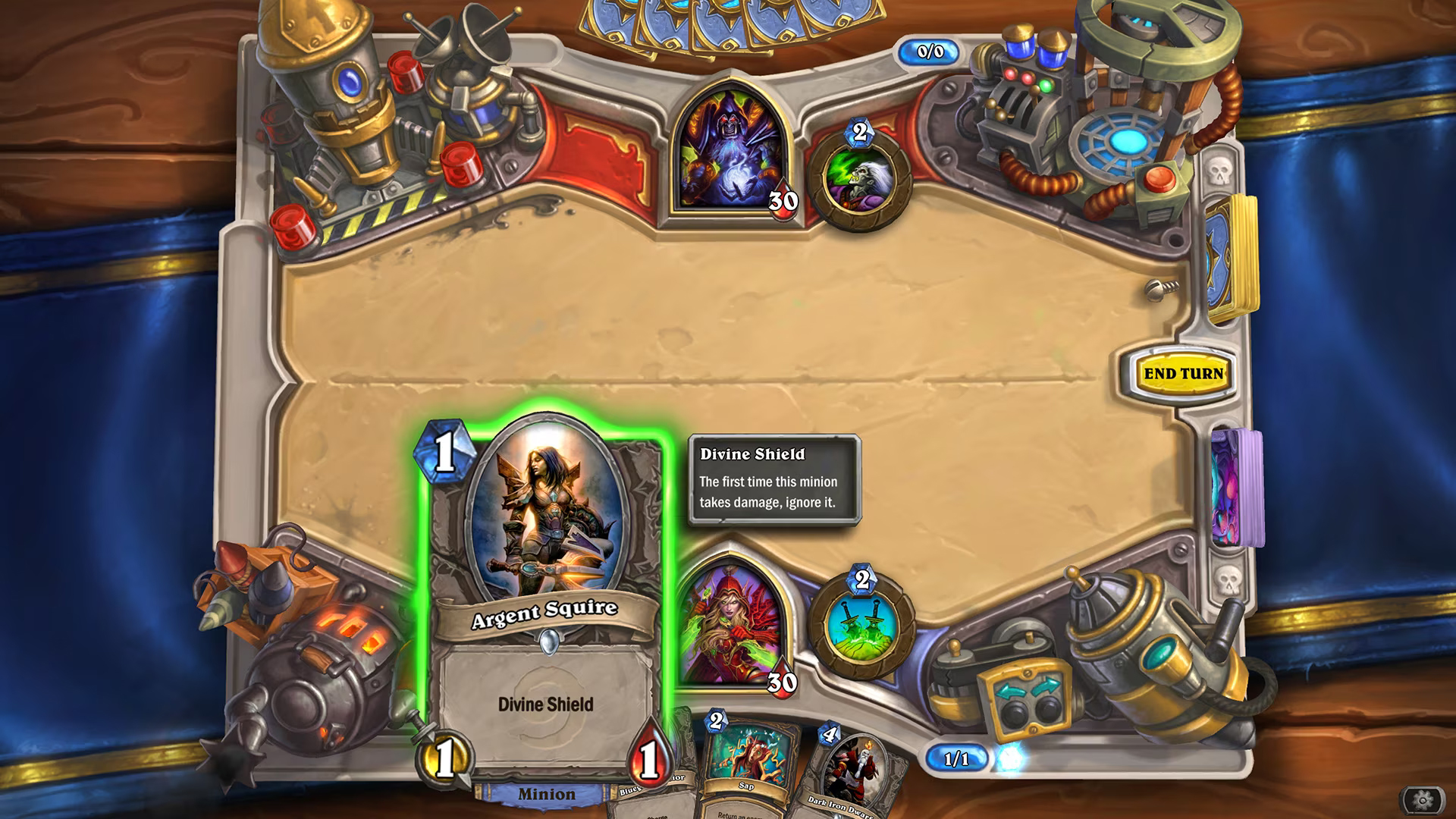
Furthermore, this approach significantly enhances the user experience (UX). Explaining the multitude of factors that influence the probability of hitting a target to a new player can be a daunting task. Instead of the frustration that may arise when missing a seemingly guaranteed 99-percent-chance shot, the game can visually demonstrate the available options and actions in a given turn.
Conclusion
In conclusion, the placement of player decisions in relation to dice rolls is a pivotal aspect that can significantly impact the dynamics and enjoyment of a game. Whether decisions precede or follow the randomness of the RNG, each approach brings its own set of advantages and considerations.
Placing player decisions before the dice roll creates a gambling-like thrill and the potential for surprising, memorable stories. Conversely, positioning player decisions after the dice roll transforms chance-based mechanics into strategic resource management, encouraging players to adapt and make the most of their circumstances.
Ultimately, game designers have the power to shape the player experience by carefully considering the placement of player decisions and dice rolls within their game mechanics. By striking the right balance, they can create engaging and immersive experiences that keep players coming back for more, driven by both strategy and chance.